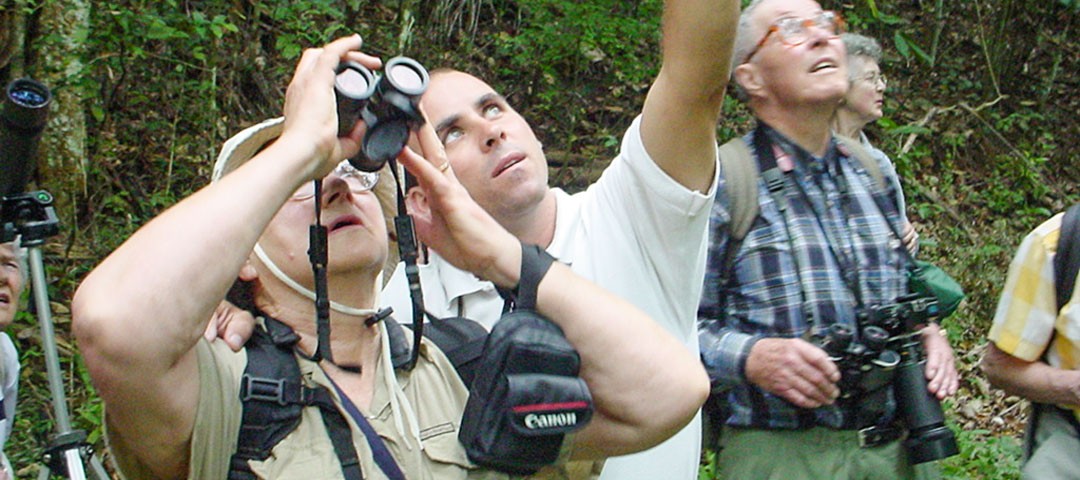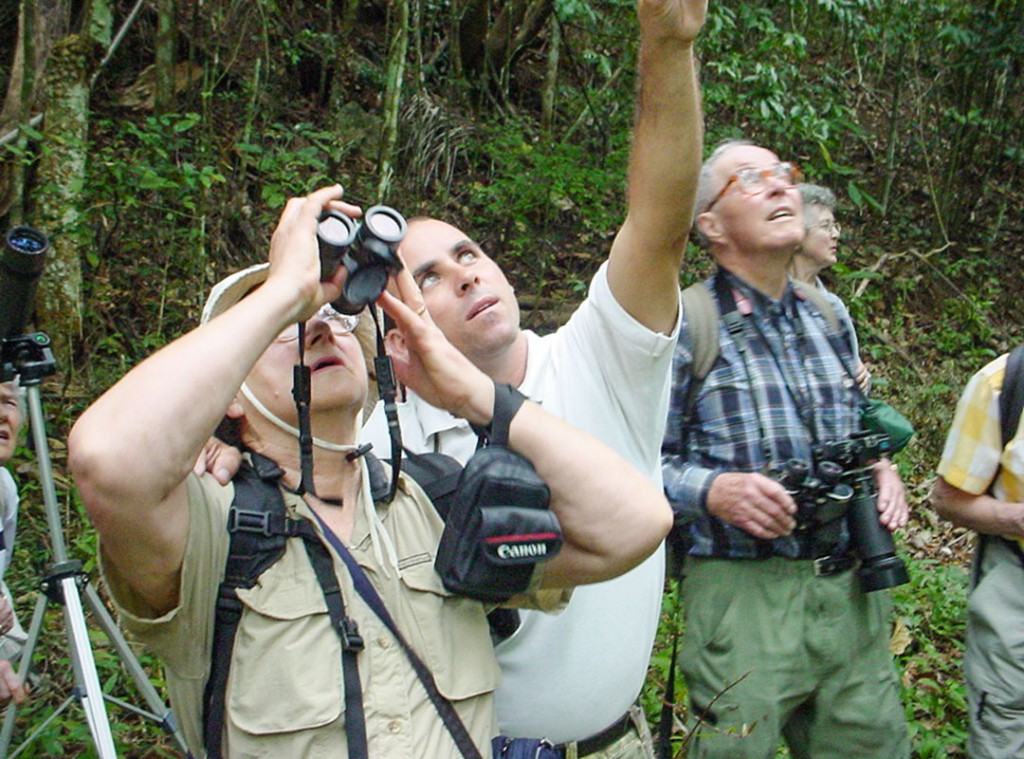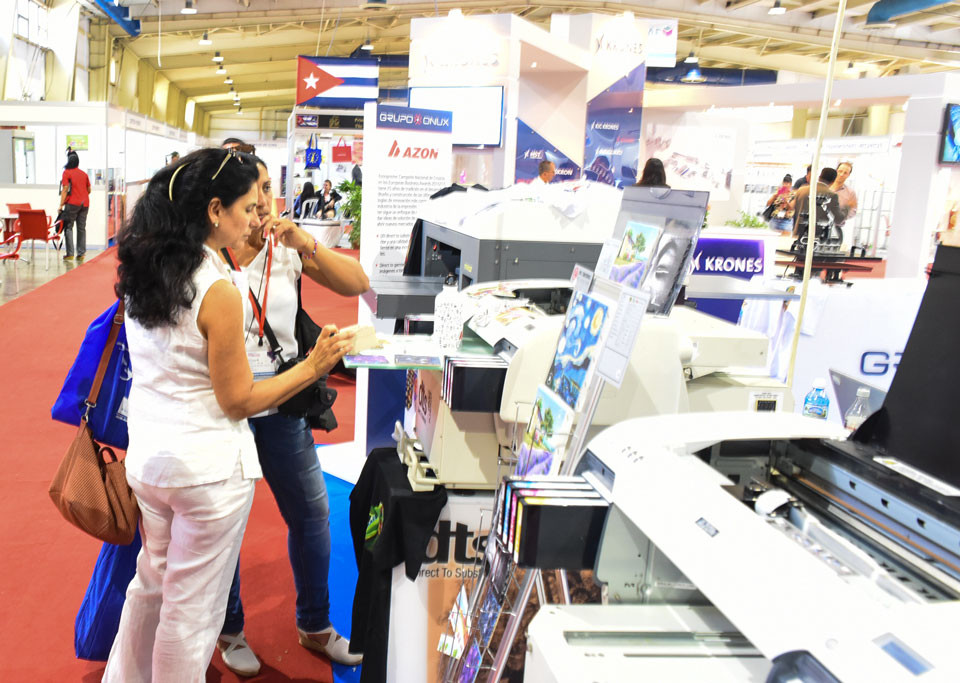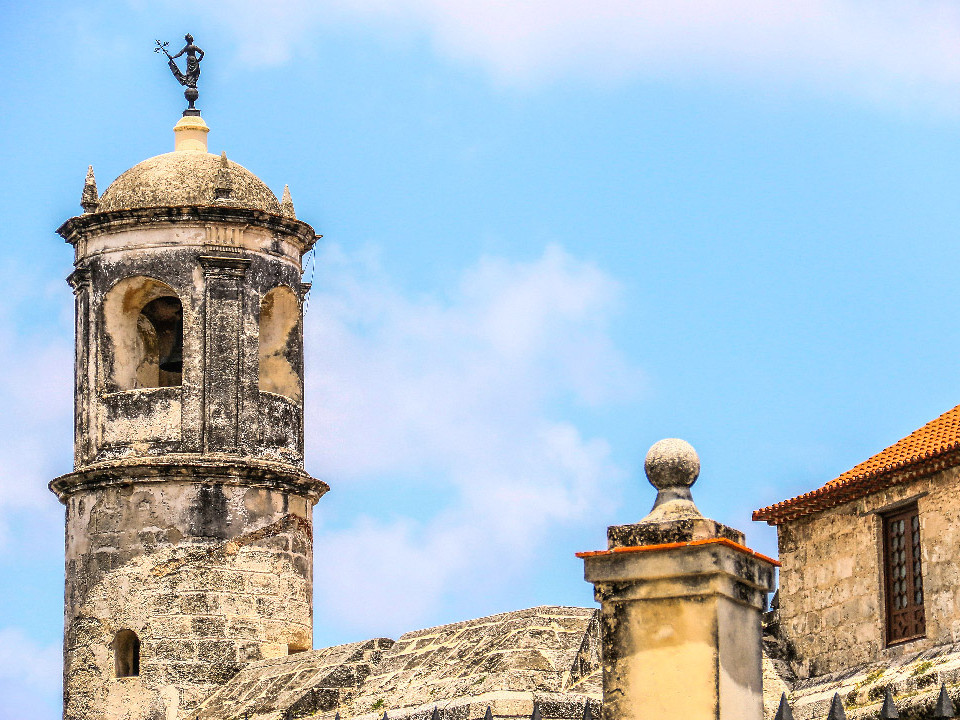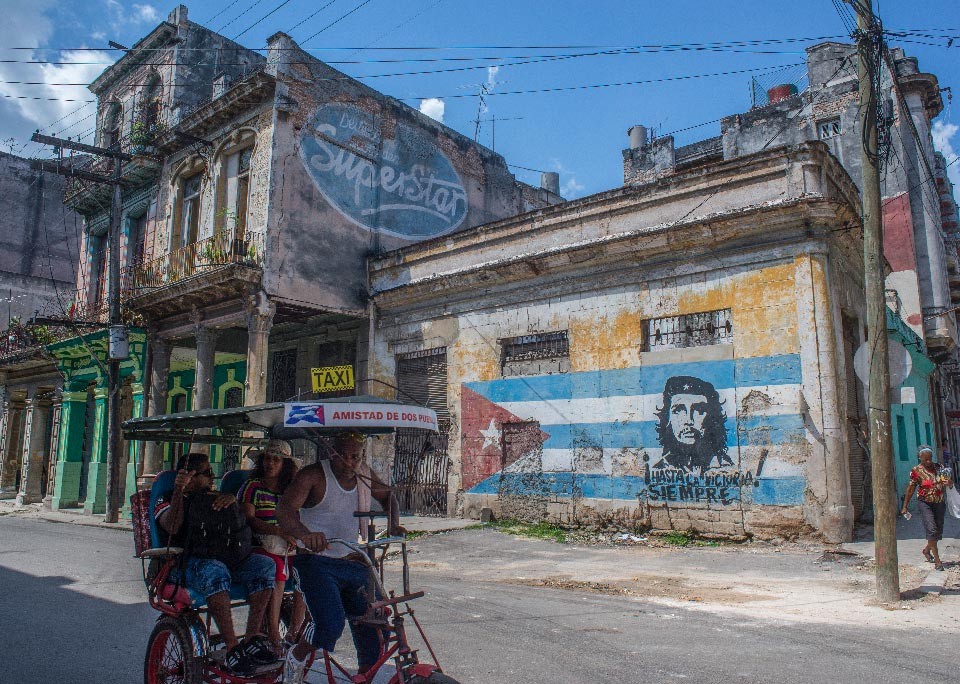Cuba is a place of worldwide privilege for those who like and appreciate responsibly the observation of birds, hiking, diving, sport fishing in the mode of capture and release, horseback riding, caving-tourism, rural tourism and visit to impressive Botanical Gardens in different places of the country, excursions to protected keys and other possibilities.
It is also a place of preference for those who like to be part of events and educational or participation contests, such as those that are systematically carried out under the name of TURNAT, the International Bird Photography Competition “Foto a la Vuelo”, the International Contests of Underwater Photography FOTOSUB and IMASUB and the International Photography Contest “Digital Nature”, among others.
The Cuban archipelago is a true paradise of nature, formed by the Island of Cuba, the Isle of Youth and some 4,000 keys and islets, all adding an area of approximately 110,000 km². Proof of this is its special biodiversity, as well as the different terrestrial and marine ecosystems it exhibits, with a high degree of conservation.
Pleasant accommodations in the middle of Protected Areas or World Biosphere Reserves, offer unparalleled scenarios for photographing birds, considering that in a not very extensive territory 368 species have been registered, 26 of them endemic.
The largest of the Antilles also stands out for having several places with conditions for the development of luxury ecological hotels, with its own sustainability technology.



